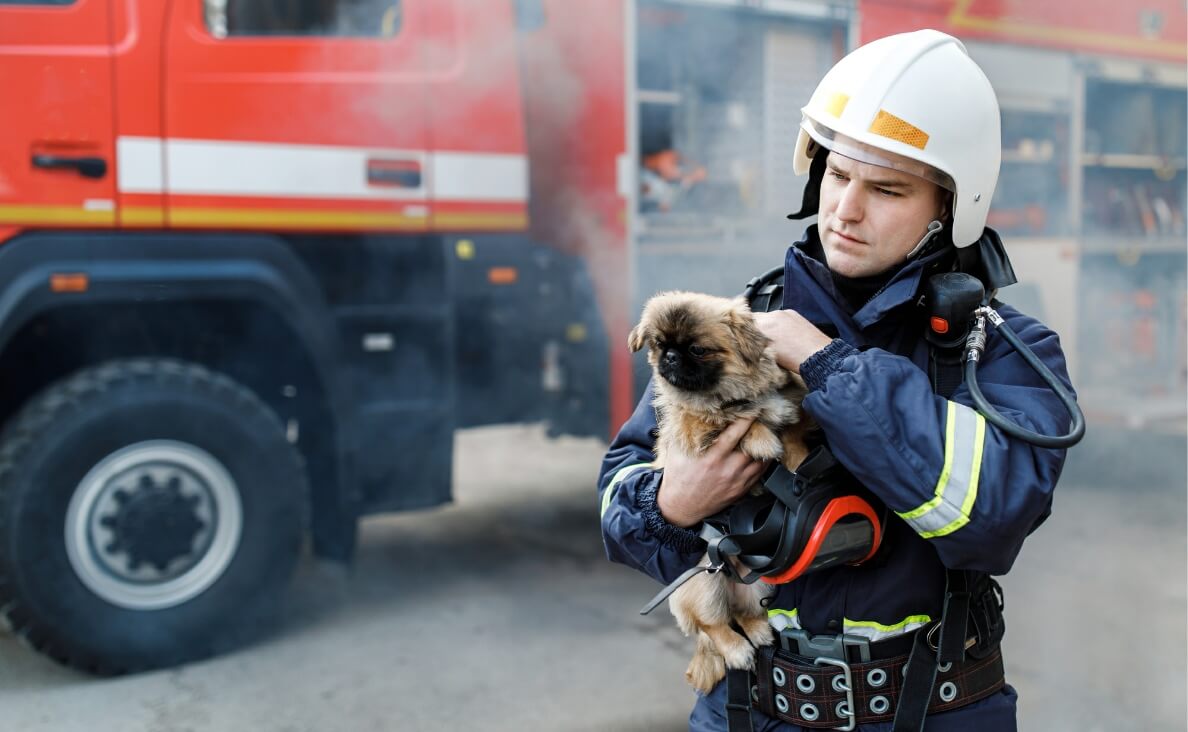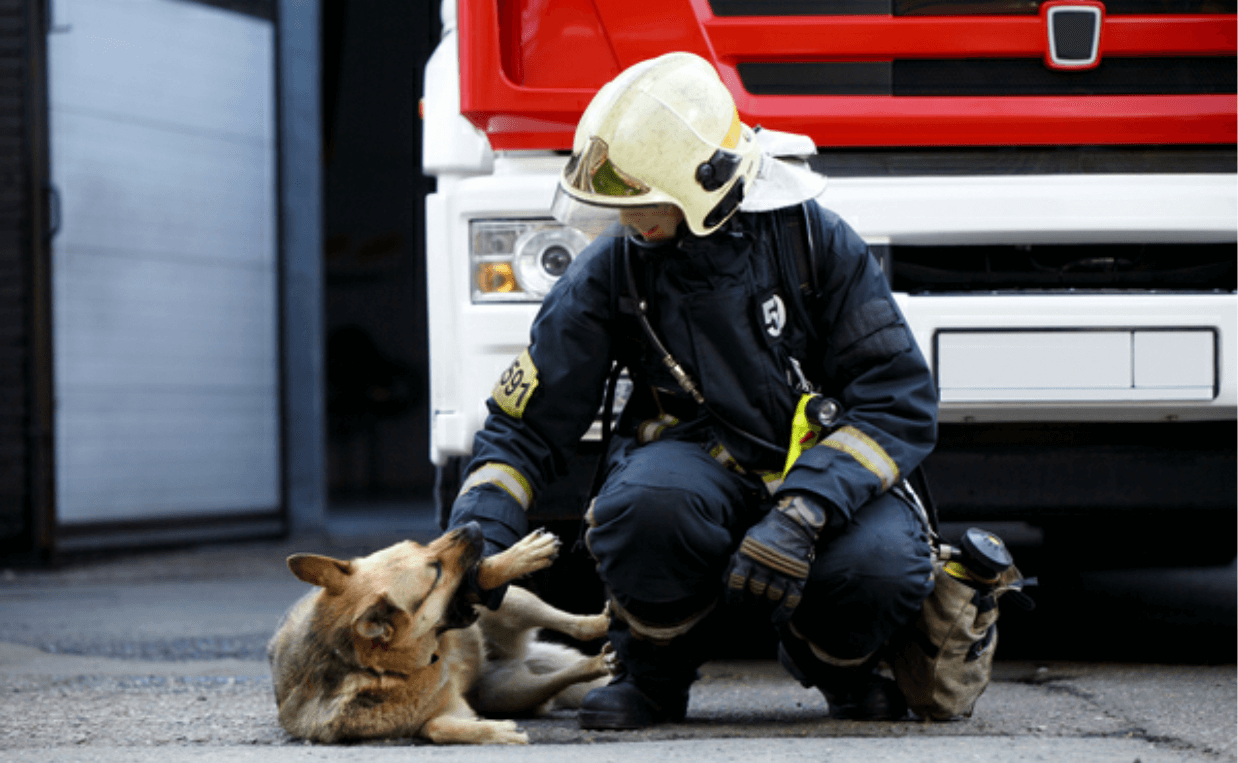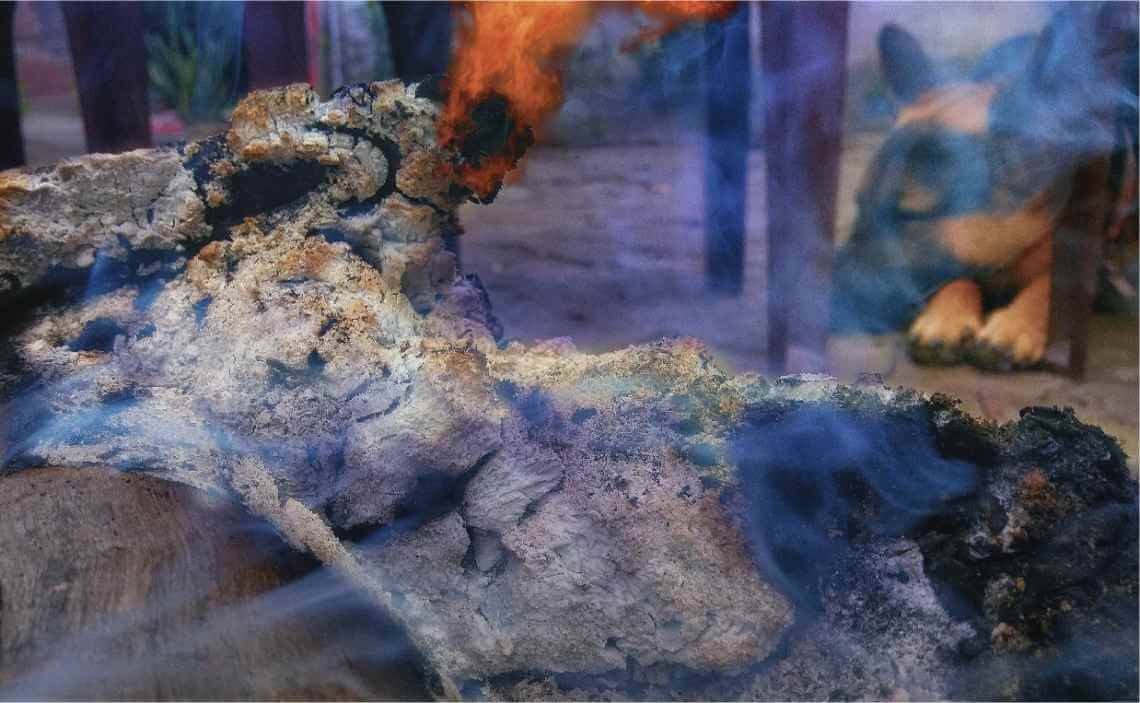
Wildfire season is becoming more intense each year, and with it comes a rise in poor air quality—not just for people, but for pets too. While we can stay indoors and wear masks, our furry companions rely on us for protection. If you’re wondering how to protect your dog from wildfire smoke, this guide will walk you through everything you need to know to keep your pup safe and breathing easy.
Why Wildfire Smoke Is Dangerous for Dogs
Wildfire smoke contains harmful substances like carbon monoxide, volatile organic compounds (VOCs), and tiny particulate matter (PM2.5) that can penetrate deep into your dog’s lungs. Just like humans, dogs can suffer from smoke inhalation, respiratory distress, and eye irritation. In fact, their smaller lungs and heightened sense of smell may make them even more vulnerable.
Watch for These Signs of Smoke Exposure:
- Coughing or gagging
- Red, irritated eyes
- Heavy or rapid breathing
- Lethargy or disorientation
- Decreased appetite
If you notice any of these symptoms, take steps immediately to protect your dog from wildfire smoke and contact your veterinarian.
Monitor Air Quality Daily
Checking the air quality is your first line of defense. Use tools like the AirNow app or IQAir to stay informed. Look for the Air Quality Index (AQI) and follow these general guidelines:
- 0–50 (Good): Safe for all outdoor activities
- 51–100 (Moderate): OK for short walks
- 101–150 (Unhealthy for sensitive groups): Limit activity
- 150+ (Unhealthy or hazardous): Keep pets indoors
If the AQI spikes, take extra steps to protect your dog from wildfire smoke exposure.

7 Ways to Protect Your Dog from Wildfire Smoke
-
Limit Outdoor Time
Avoid long walks or outdoor play during smoky days. Go out only for potty breaks, preferably early morning or late evening when the air is slightly better.
-
Create a Clean Indoor Environment
Seal windows and doors. Run a HEPA air purifier to filter out fine smoke particles. Consider designating a single room as a “clean air space.”
-
Avoid Strenuous Activities
Exercise increases lung exposure to pollutants. Even if your dog has lots of energy, skip fetch and runs until air quality improves.
-
Keep Them Hydrated
Water helps flush toxins and keeps the respiratory tract moist, reducing irritation. Encourage frequent drinking.
-
Wipe Down After Outdoor Time
Smoke particles can cling to fur and paws. Use a damp cloth to gently wipe down your dog after being outside.
-
Use Pet-Safe Air Filters
If you use an HVAC system, make sure your filters are rated for smoke and changed regularly. This adds another layer of defense to protect your dog from wildfire smoke indoors.
-
Create a Calm, Cool Space
Heat often accompanies wildfires. Provide a cool, shaded, and quiet place indoors where your dog can rest comfortably.

Consider Dog Boarding or Daycare
If your area is heavily affected and the smoke persists for days or weeks, boarding your dog in a safe, air-conditioned facility (or at least a facility with fans) may be the best option. This can be a practical choice to protect your dog from wildfire smoke when staying home isn’t enough.
What to Do If Your Dog Has Symptoms
Don’t wait to seek help if your dog shows signs of respiratory distress. Contact your veterinarian and provide:
- Your local AQI
- Symptom duration and severity
- Your dog’s breed and medical history
Certain breeds (especially brachycephalic breeds like Pugs or Bulldogs) are more at risk.
Helpful Products to Have on Hand
- HEPA air purifiers
- Dog-safe eyewear or masks (only if tolerated)
- Cooling mats
- Hydration-enhancing dog broths
- Paw wipes or damp washcloths
Having these items ready makes it easier to protect your dog from wildfire smoke when conditions worsen.

Final Thoughts
As wildfires become more common, it’s crucial to plan ahead. Stay informed, stock up on supplies, and pay close attention to how your dog is feeling. Remember—dogs can’t tell us when they’re struggling to breathe. It’s up to us to notice the signs and take action.
What about you?
What steps do you take to protect your dog from wildfire smoke? Share your tips and questions in the comments—we’d love to hear from fellow dog parents!

 Moving with a Dog: How to Help Your Dog Adjust to Your New Home
Moving with a Dog: How to Help Your Dog Adjust to Your New Home Xylitol Poisoning in Dogs
Xylitol Poisoning in Dogs 7 Indispensable Tips for Hiking with Your Dog in Winter
7 Indispensable Tips for Hiking with Your Dog in Winter 15 Things Every Dog Owner Should Know About Rabies
15 Things Every Dog Owner Should Know About Rabies 16 Tips to Keep Your Dog Safe and Comfortable During Winter Weather
16 Tips to Keep Your Dog Safe and Comfortable During Winter Weather






Leave a Reply